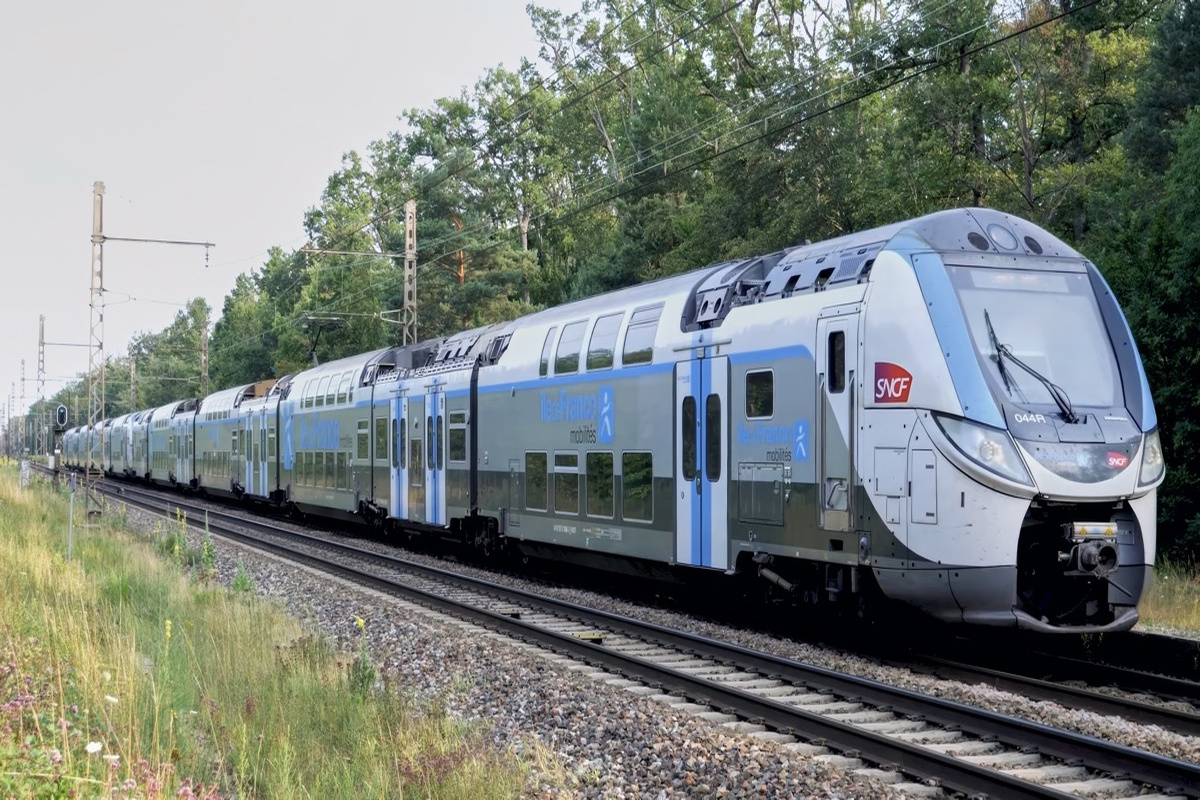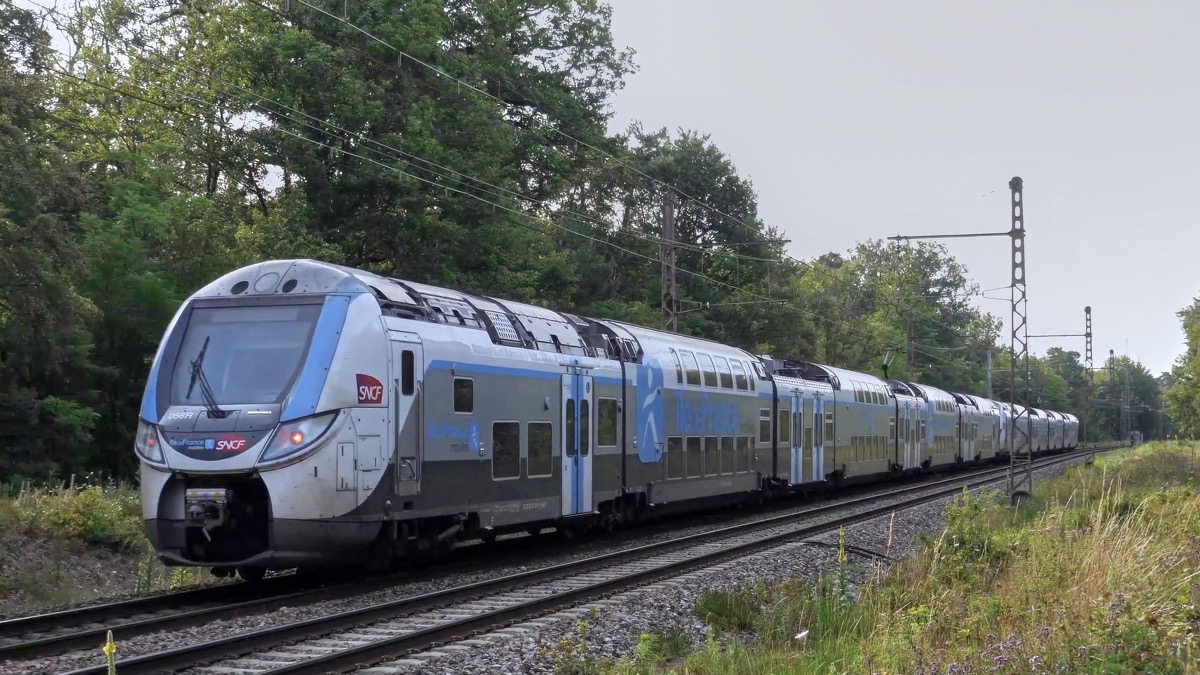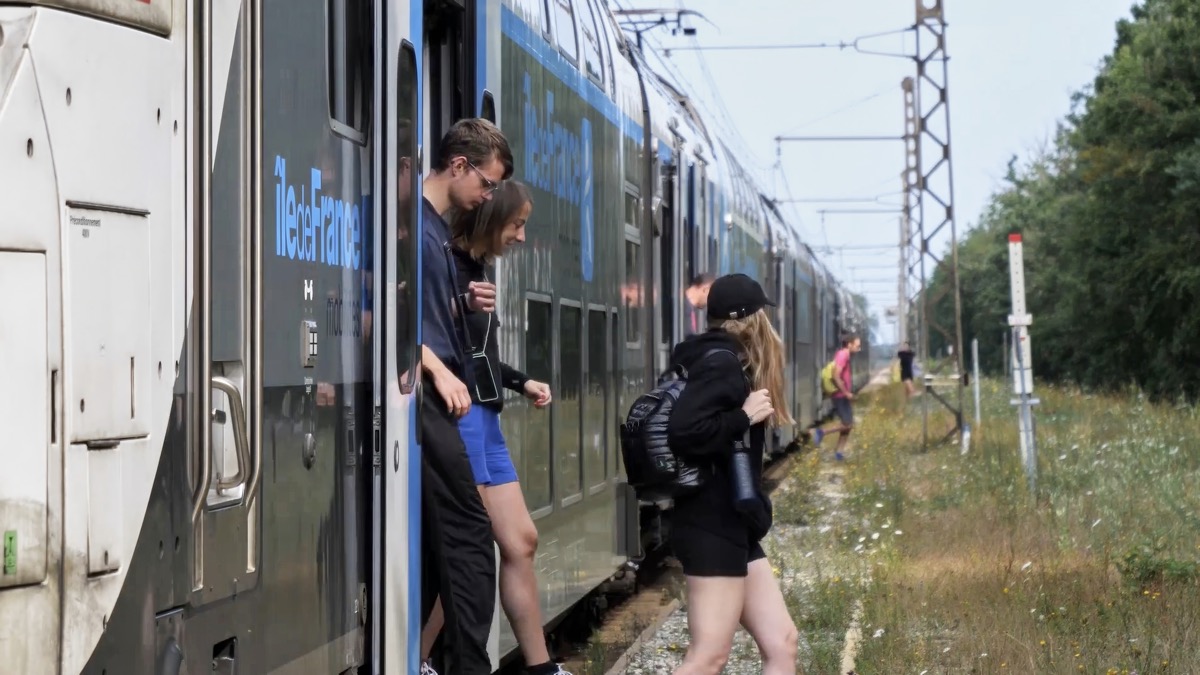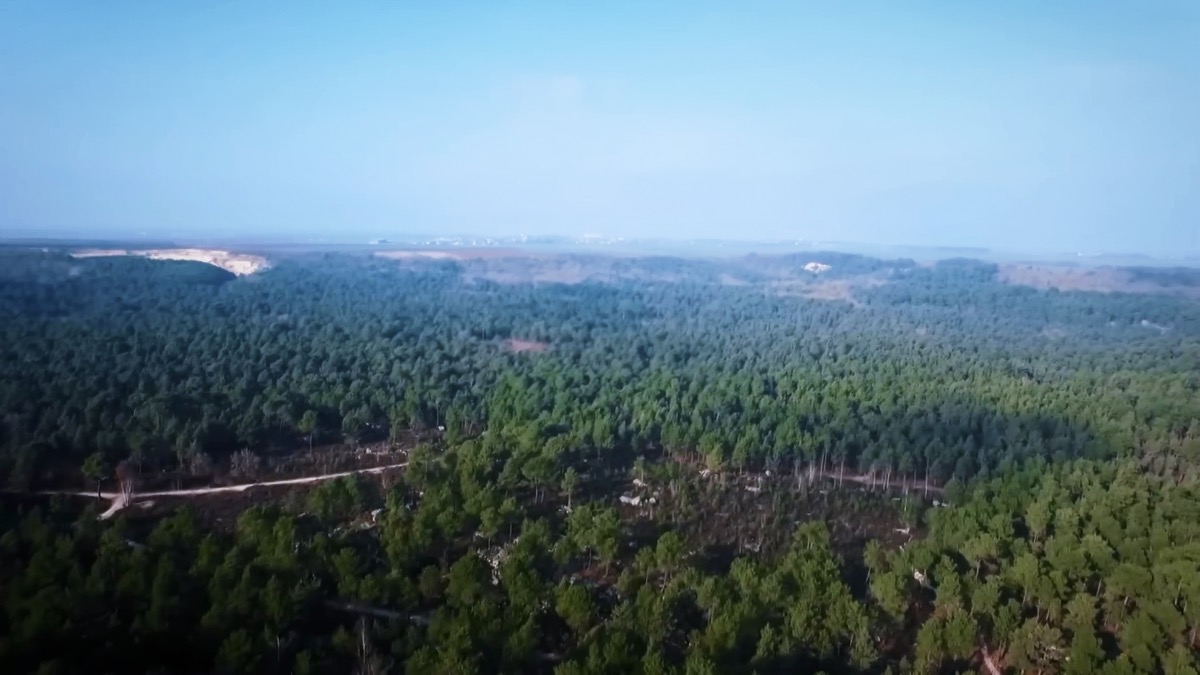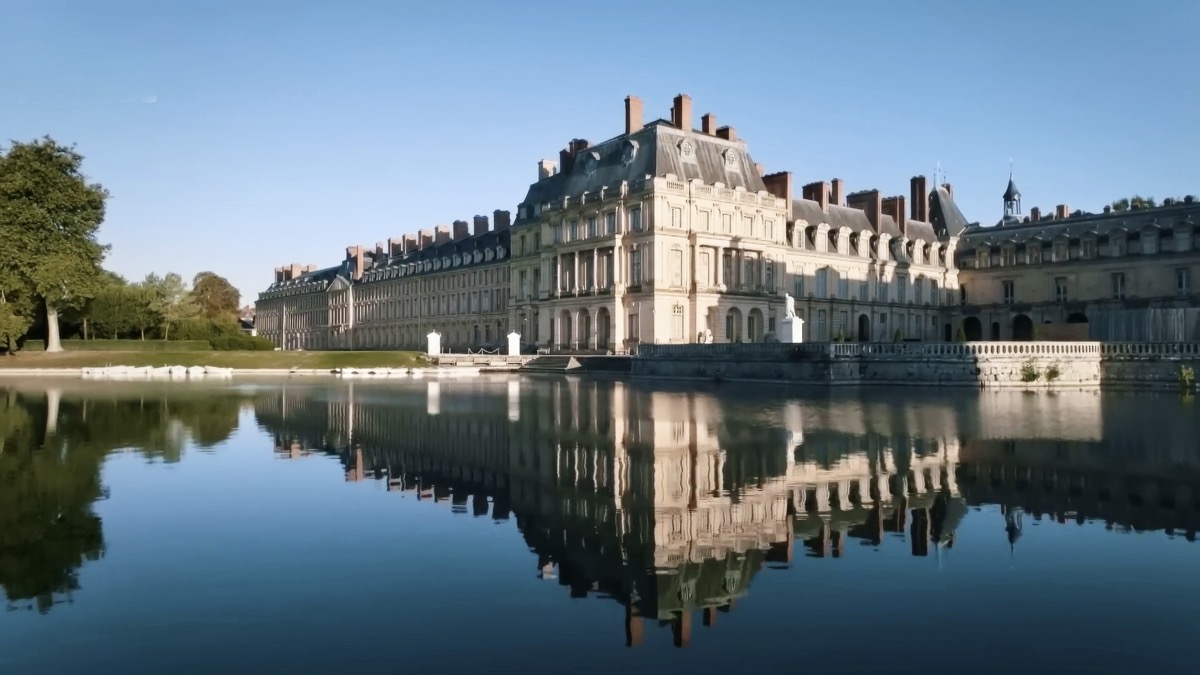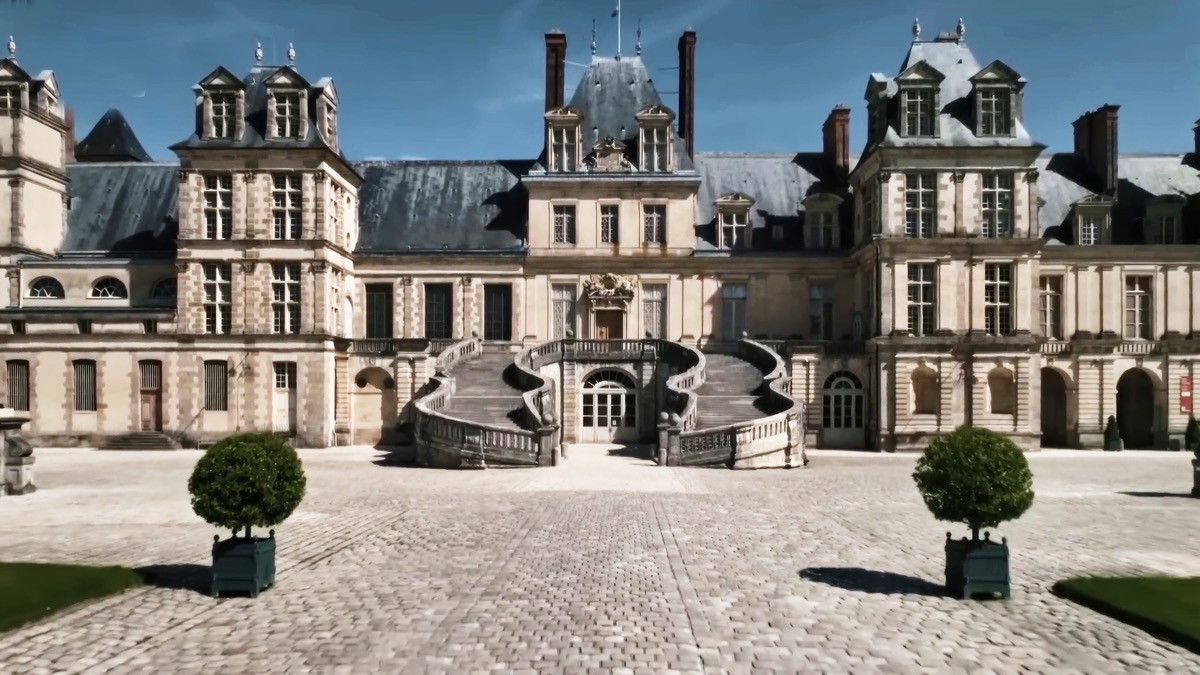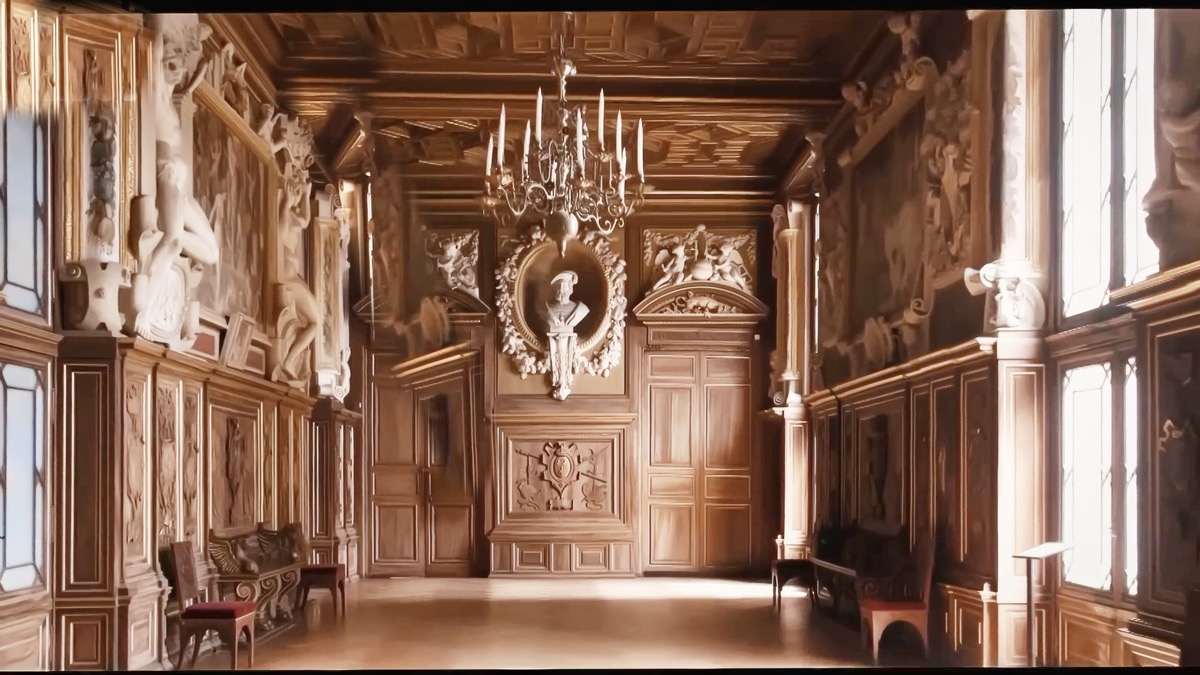When the Train Stops in the Woods
It happens without warning. You’re on the 8:16 a.m. train from Paris Gare de Lyon, bound for Montargis. The Transilien R hums out of Bois-le-Roi, and the landscape thickens into forest. Then—without a station sign, without a road or building in sight—the train slows. The doors slide open. Dozens of hikers and cyclists step out onto a sliver of concrete surrounded by trees.
You’ve arrived at Fontainebleau-Forêt, a “station” that officially doesn’t exist.
The Station That Isn’t
There’s no station house, no ticket booth, no departure board. Just a half-length platform hidden in the woods. The name doesn’t appear on maps or timetables. Rail buffs call it the halte fantôme—the phantom stop.
Service is minimal, almost mischievous: four trains on weekends and holidays, and only two in the direction out of Paris. You can get off here, but you can’t get back on. Returning means a hike—an hour through the forest to reach a real station.
The Forest of Fontainebleau
The forest itself is a destination. Once favored by Napoleon III and protected under his conservation policies, it remains one of France’s largest woodlands and Europe’s premier bouldering sites. On weekends, Parisians arrive for hiking, picnicking, and a taste of wilderness just 40 minutes from the city. Fontainebleau-Forêt is less a commuter stop than a secret doorway, dropping city dwellers straight into nature.
A Quirky Compromise by SNCF
The platform is so short that it can’t fit the modern double-decker trains that serve the R line. The solution: half the train’s doors are locked from departure in Paris, forcing weekend passengers to squeeze into fewer cars. Capacity is halved, and service limited. It’s an extraordinary arrangement—an official train stop designed for the convenience of people getting off, not on.
The Workhorse of the R Line
The trains themselves are Regio 2N (Z 57000) units, built by Bombardier (now Alstom). Introduced in 2017, they are two-level workhorses painted in the white, blue, and pink of Île-de-France Mobilités.
-
Length: 7 cars, 110 meters
-
Capacity: ~1,200 passengers, about 500 seats
-
Speed: up to 160 km/h (typically 120–140)
On weekdays, they ferry suburban commuters. On weekends, they double as shuttles to the woods.
Into the Green
Step off at Fontainebleau-Forêt, and you’ll see Lycra-clad cyclists pedaling into the trees, elderly hikers setting out with trekking poles, families corralling children down narrow paths. Within minutes, the platform empties. Silence settles back over the forest, broken only by birdsong.
The return is part of the adventure: a one-hour walk through sandy trails and rock formations before reaching Fontainebleau-Avon or Bois-le-Roi. For the determined, the hike stretches to the Château de Fontainebleau, where Renaissance frescoes commissioned by François I and Napoleon’s farewell staircase add a layer of history to the day.
A Palace in the Woods
Unlike Versailles, designed as a stage set for royal absolutism, Fontainebleau tells a subtler story. Built as a hunting lodge in the 12th century, expanded by François I with Italian artists, and later altered by kings from Henri IV to Louis XIV, it is a palimpsest of styles—Renaissance, Baroque, Classicism—layered over centuries.
François I’s gallery, a masterpiece of Renaissance ornament, stands alongside the chamber where Napoleon signed his abdication. If Versailles is a spectacle, Fontainebleau is a living record.
Few Parisians even know the phantom stop exists. Some discover it on niche transport websites. “On Sunday evenings, the highways back to Paris are a nightmare,” one hiker explained. “Here, I can spend the day in the forest and still slip back into the city by train. Two metro tickets, and you’ve bought yourself a day in nature.”
Voices from the Platform
A Small Secret of the Railway
Fontainebleau-Forêt is an oddity, a quiet loophole in the slick modern network of Île-de-France. A door between city and forest, open just a few times each week. For those who know about it, stepping onto that hidden platform feels like entering a small adventure—and for a brief moment, like discovering a secret meant only for you.
It felt like something only the French would dream up. The train slowed, stopped, and the doors opened onto nothing. No sign. No station house. Just a faint white line along the edge of the ballast—if you could even call it a platform. Step off alone and you’d wonder: Is this really the place? Did I make a mistake? That thin white stripe, shaky as a promise, was all there was to tell you you’d arrived. Maybe the adventure begins right there, in that moment of doubt.
The thing is, nobody boards here. The place exists only to let people off. So the station can afford to be makeshift, half-real. In fact, if you’re unlucky enough to be sitting in the rear cars, there isn’t even a line—just forest, straight down to the gravel.
They say it’s only an hour’s walk to a proper station with trains back to Paris. True, but don’t be fooled. This isn’t a Sunday stroll. The Forest of Fontainebleau is thick and serious, a place the French Alpine Club uses for training. There are cliffs, boulders, trails that run narrow and dark. Go in sandals or shorts, and you’re asking for trouble. Twist an ankle, get lost, and you’ll find out fast that Paris is far away. Still, every now and then you see someone hop off dressed like they’re headed to the beach. A girl in short shorts stepping into the green. It makes you laugh and worry at the same time.
If you come all this way, make room for the Château de Fontainebleau. You think “hunting lodge,” and then you turn the corner and there it is—vast, imposing, more palace than lodge by any measure. Versailles draws the crowds with its mirrors and gold, but plenty of French will tell you they prefer Fontainebleau. Versailles can feel like glitter on stage; Fontainebleau feels older, heavier, like history pressing in on you. Walk its halls in silence and you’re back in the twelfth century. And because the tourists are fewer, the illusion holds.
So here it is: a station that doesn’t exist on any timetable, a trail that cuts through the woods, and at the end of it, a royal château rising out of the forest. Step off that train and you’ve entered a world that feels less like suburban Paris, and more like a role-playing game. One secret stop, one hidden path, one castle. All you need to do is believe the white line is enough.


